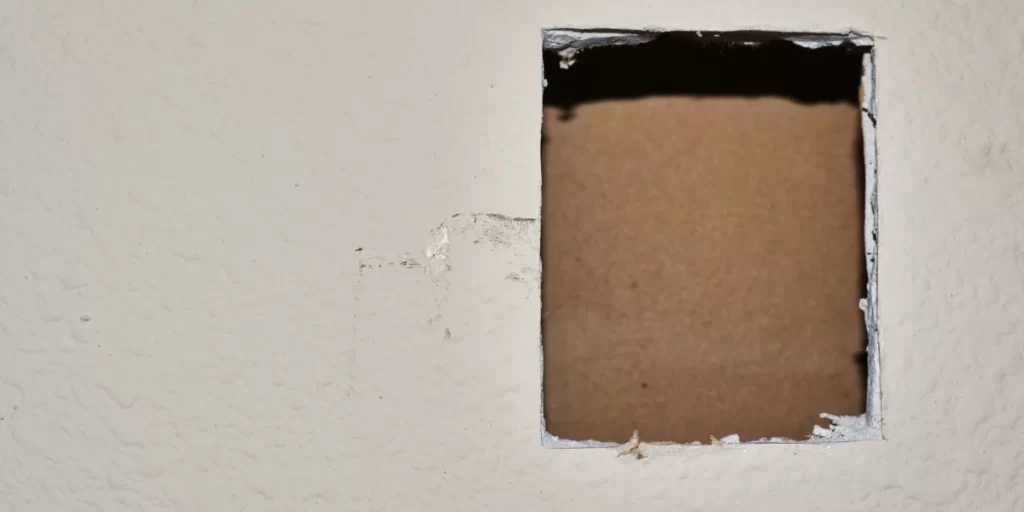How to Finish Drywall for DIYers: A Comprehensive Guide
Preparation before Starting the Drywall Finishing Process
Checking Surface and Screws
Before beginning the drywall finishing process, it is crucial to inspect the surface for any imperfections or protruding screws. Ensure there are no visible defects that could affect the final result.
Mixing and Applying Joint Compound
Another important step in preparing for drywall finishing is mixing the joint compound. Make sure to follow the manufacturer’s instructions carefully to achieve the right consistency for a smooth application.
Once the compound is mixed properly, it is time to apply it to the joints and screws on the drywall. Use a small trowel to spread a thin layer of compound over the seams, ensuring even coverage and smooth application.
Applying Compound and Tape to the Drywall Joints
Before moving forward with finishing the drywall, it is crucial to ensure that the joints and screws are adequately covered to achieve a seamless look.
Covering Joints and Screws
- Check all joints and screws to make sure they are properly embedded in the compound.
- Apply a thin layer of joint compound over the joints and screws to fill in any gaps.
- Smooth the compound with a trowel to create a flat surface.
Applying Paper Tape and Smoothing
- Center the paper tape over the joint and gently press it into the compound.
- Use a trowel or joint knife to smooth out any air bubbles or wrinkles in the tape.
- Apply a thin layer of compound over the tape to seal it in place.
Handling Inside and Outside Corners
- For inside corners, apply compound on both sides of the corner and embed paper tape in between.
- Smooth out the compound to create a seamless transition between the two walls.
- For outside corners, use metal corner bead to protect the edges and apply compound over it.
Proper Drying and Sanding Techniques
Drying Time for Compound
After applying the joint compound, it is crucial to allow sufficient time for it to dry completely before proceeding to the next step. The drying time can vary depending on factors such as humidity and temperature, so be sure to follow the manufacturer’s recommendations for the specific product you are using. Rushing this step can result in a subpar finish, so exercise patience and allow the compound to dry thoroughly.
Techniques for Sanding Smooth Finish
Once the compound is fully dry, it’s time to sand the surface to achieve a smooth finish. Use a fine-grit sandpaper or sanding sponge to gently sand the dried compound, applying even pressure to avoid creating gouges or uneven areas. Sand in a circular motion to blend the edges of the compound with the surrounding drywall for a seamless look.
Filling and Sanding Rough Areas
During the sanding process, you may encounter rough areas or imperfections that need to be addressed. Fill any dents or low spots with additional joint compound, smoothing it out with a trowel or putty knife. Once the compound has dried, sand the area again to blend it with the surrounding surface, ensuring a uniform and flawless finish.
Using Proper Safety Gear
- When sanding joint compound, wear a dust mask to protect your lungs from airborne particles.
- Safety goggles are essential to shield your eyes from dust and debris during the sanding process.
- Consider using ear protection if sanding for an extended period to prevent hearing damage.
- Work in a well-ventilated area to minimize dust inhalation and ensure proper air circulation.
Additional Coats and Finishing Touches
When it comes to completing the drywall finishing process, applying additional coats of compound is essential to achieve a flawless result. These extra layers help to fill in any imperfections and create a smooth surface for painting or wallpapering.
Smoothing Corners and Seams
After the additional coats have dried, it’s time to focus on smoothing out the corners and seams. Using a drywall knife, carefully blend the edges of the compound to create a seamless transition between the panels. Pay close attention to detail to ensure a professional-looking finish.
Final Sanding and Cleaning Process
Once all the compound has dried and been smoothed, the final step is to sand the surface to perfection. Using fine-grit sandpaper, gently sand the entire area to remove any rough spots or imperfections.
After sanding, it’s crucial to clean the surface thoroughly to remove any dust or debris before proceeding with painting or wallpapering.

